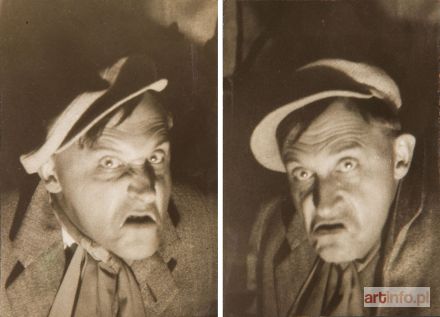Zgłoszenie chęci kupna obiektu
Zgłoszenia chęci kupna przyjmowane są od osób zalogowanych w Artinfo.pl
W przypadku braku konta prosimy o rejestrację.
W przypadku braku konta prosimy o rejestrację.
Uwaga - osoby nie pamiętające nazwy użytkownika i hasla mogą otrzymać przypomnienie na adres mailowy, użyty przy pierwszej rejestracji konta.
Prosimy wybrać poniższy link „przypomnij hasło” i wypełnić tylko pole adres e-mail.
Prosimy wybrać poniższy link „przypomnij hasło” i wypełnić tylko pole adres e-mail.
W przypadku pytań, prosimy o kontakt z naszym biurem:
22 818 94 68 (poniedziałek - piątek: 10:00 - 17:00)
email: aukcje@artinfo.pl
22 818 94 68 (poniedziałek - piątek: 10:00 - 17:00)
email: aukcje@artinfo.pl


